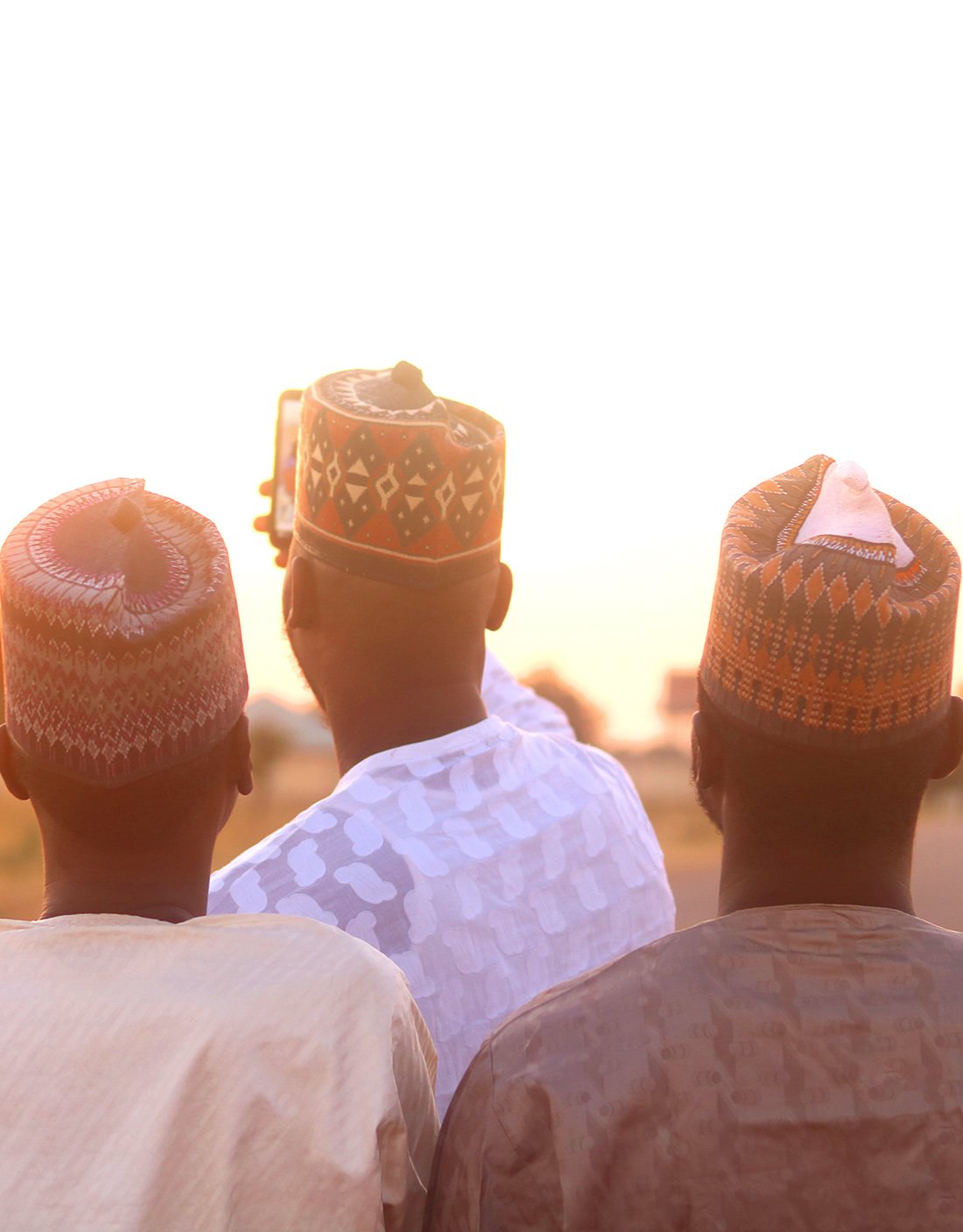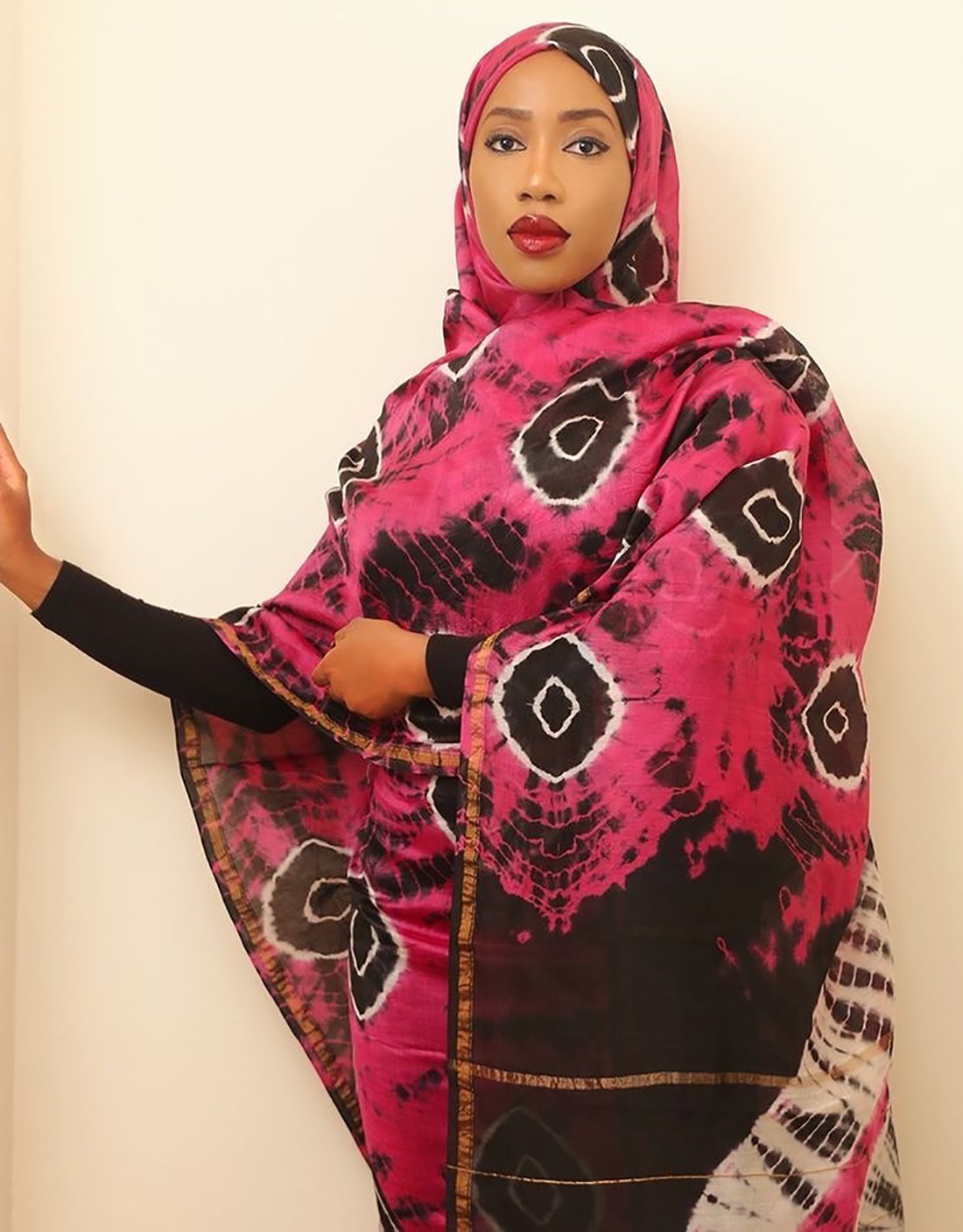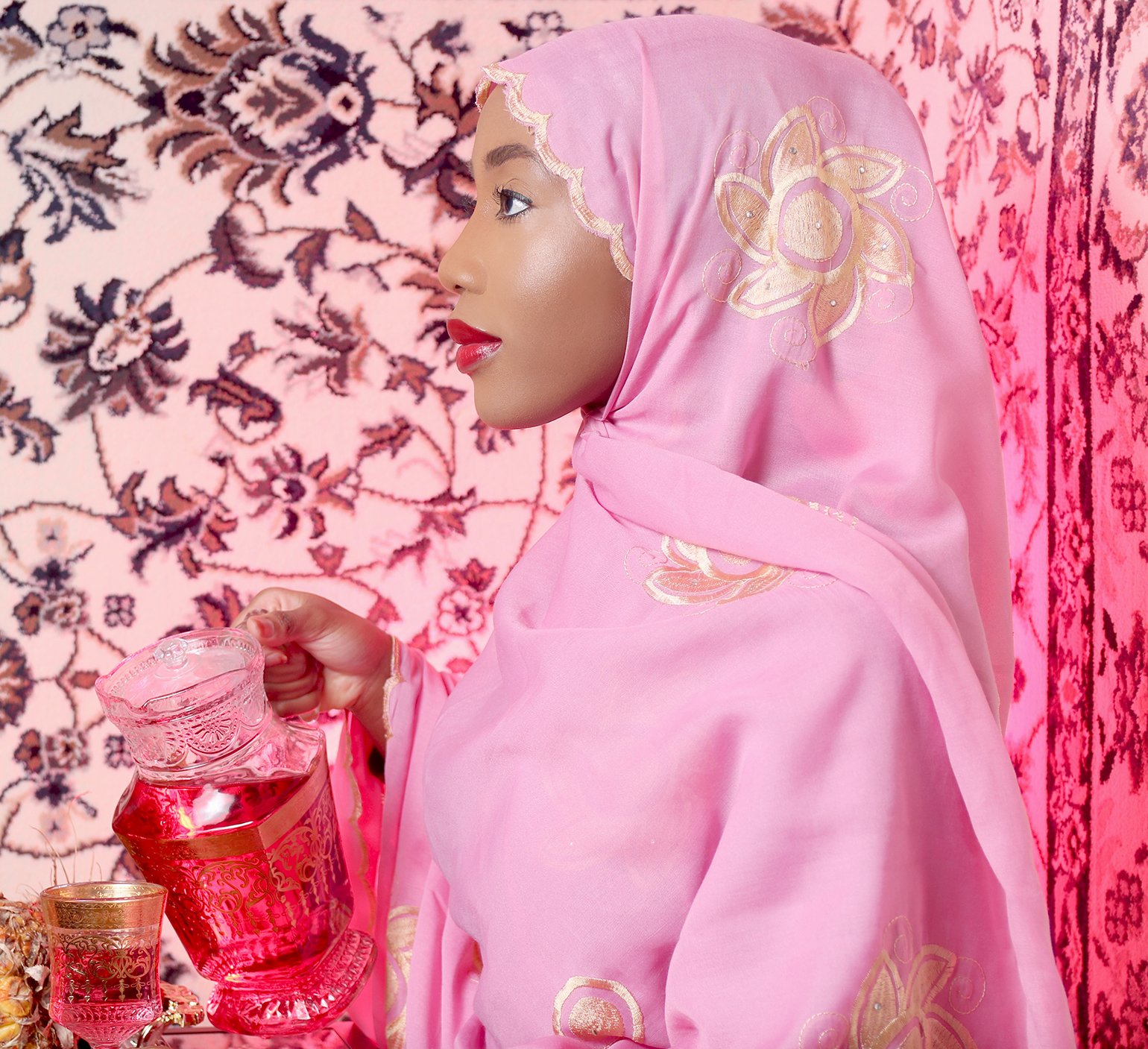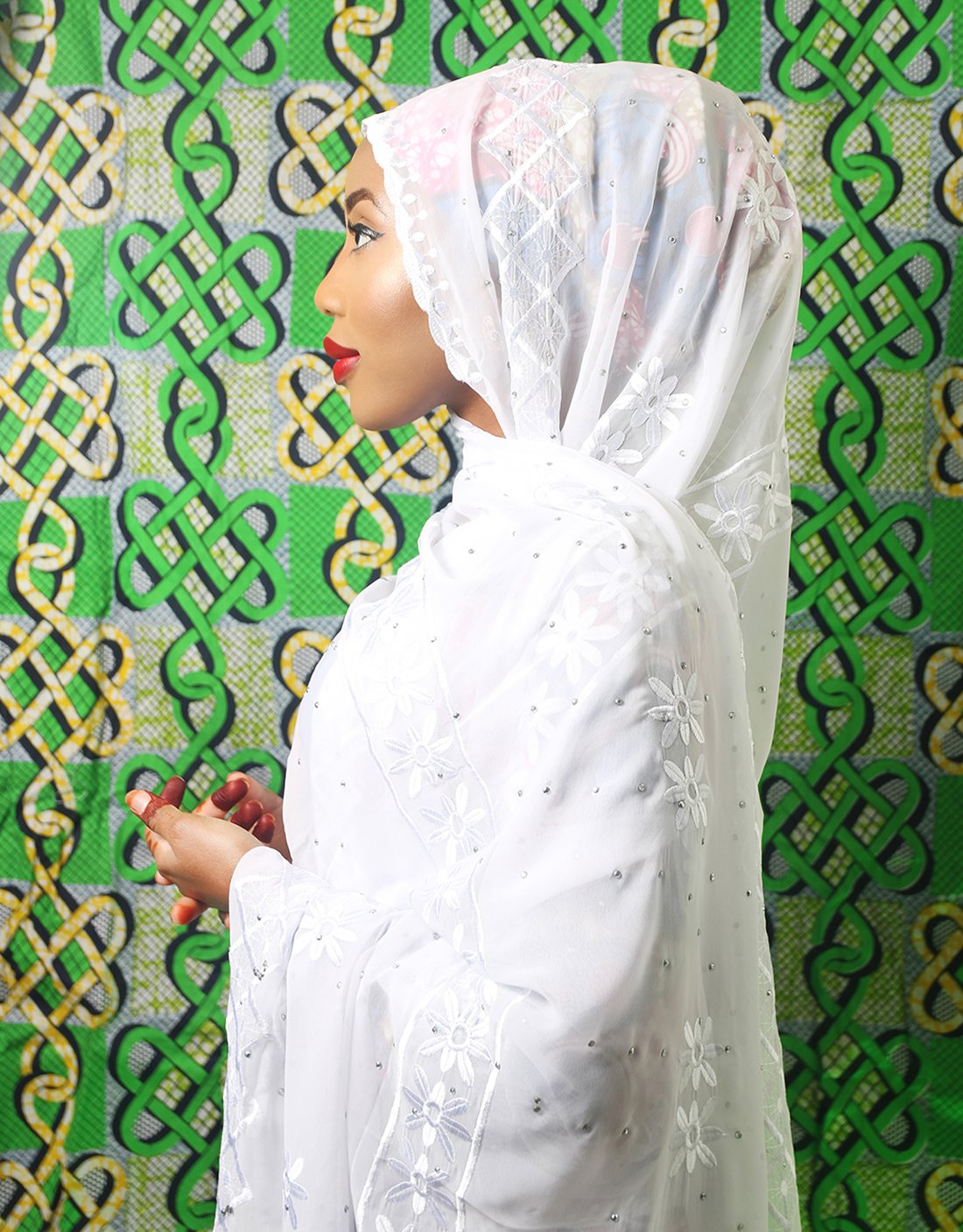When it comes to embracing elegance, culture, and tradition, few garments can rival the allure of the Boubou. Originating from West Africa, the Boubou is a flowing gown-like ensemble that has been cherished for centuries. Its timeless design, vibrant colors, and exquisite craftsmanship make it a symbol of grace and beauty. In this blog post, we will delve into the rich history of the Boubou and explore why it continues to captivate hearts and stand the test of time.
More-
Embrace Elegance and Tradition with the Timeless Boubou
-
A traditional African Cap: Hula, Bama Cap
The Hula (also known as Bama Cap, Tangaran & Taguia) is a traditional headwear worn by the Hausa and Fulani people in West Africa, particularly in Nigeria, Niger and Ghana.
The cap is made from handwoven fabric, usually made from cotton or wool, and it is known for its unique design and intricate embroidery. The cap is usually round or oval in shape, with a flat top and a narrow brim.
The embroidery is done using a special needlework technique known as tafetta or fota, which involves creating a pattern by weaving together two or more threads of different colors.
More -
How to Wrap a Toub, Melhfa, Lafaya, Tiyyab….
If you’re looking to master the art of wearing a Toub, Melhfa, Lafaya, Tiyyab…., you’re in the right place! The video tutorial below shows how to wrap the Amsa Purple Toub from our Collection. Below is a detailed breakdown to help guide you through each step.
More -
Recipes for Ramadan
Ramadan is a very important time in the Islamic calendar, and Muslims all over the world will be preparing to take part.
During the month of Ramadan, Muslims won’t eat or drink between dawn and sunset. This is called fasting.
More -
The 3 Essential Abayas for Every Occasion
An Abaya is more than just a modest garment—it’s an expression of cultural elegance and versatility. Traditionally worn by Muslim women, an abaya covers the body, leaving only the hands, feet, and face visible. While black is a classic colour, Abayas now come in many styles and shades, each tailored for different occasions.
The abaya is often worn over other clothing and may be made of lightweight fabrics for everyday wear or heavier materials for more formal occasions.It is commonly worn in the Middle East, North Africa, and some other Muslim-majority countries, and is sometimes referred to as a “cloak” or “robe.”
More -
Introduction: Mayafi
A popular style preserved by African women, the Mayafi is the Hausa name for a style of Hijab which features delicate embroidery and/or beautiful jewel-like embellishments. The Mayafi is often very lightweight and can be made from a variety of fabrics and colours.
More -
The Traditional Wrap: Toub, Melhfa, Lafaya, Tiyyab….
The Toub is celebrated by many African cultures as the epitome of modesty, elegance and grace. Across Africa, this cultural stable is referred to by many names including Melhfa (sometimes spelt Melfha, Melafa, Meulfeu, or Mlahef), Dampé in Mauritania & Mali; Lafaya in Northern Nigeria (Arewa), Niger and Chad. In Sudan it isn’t uncommon to hear it referred to as Tiyyab.
More







